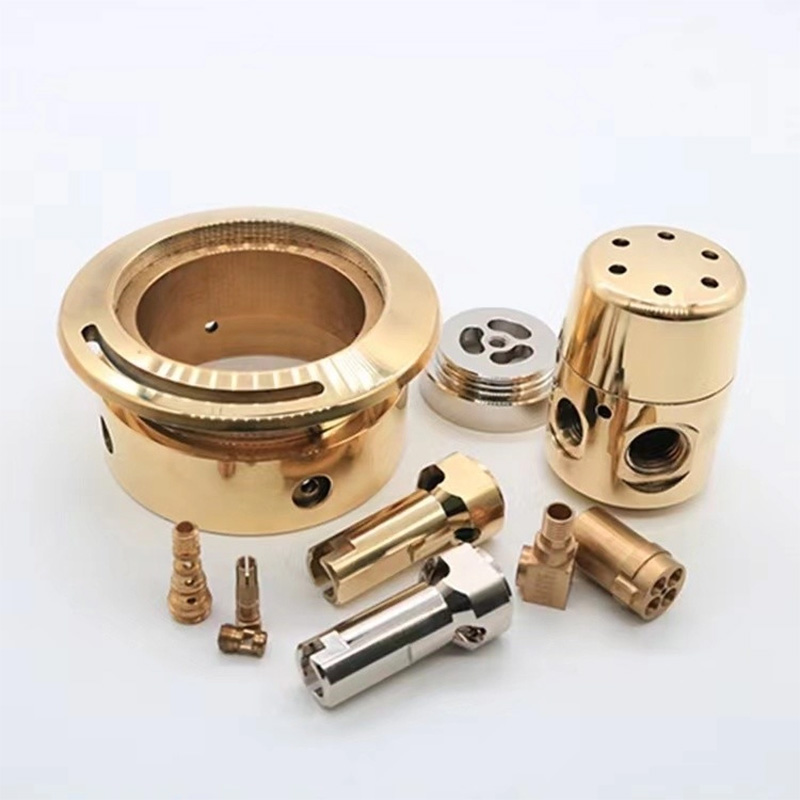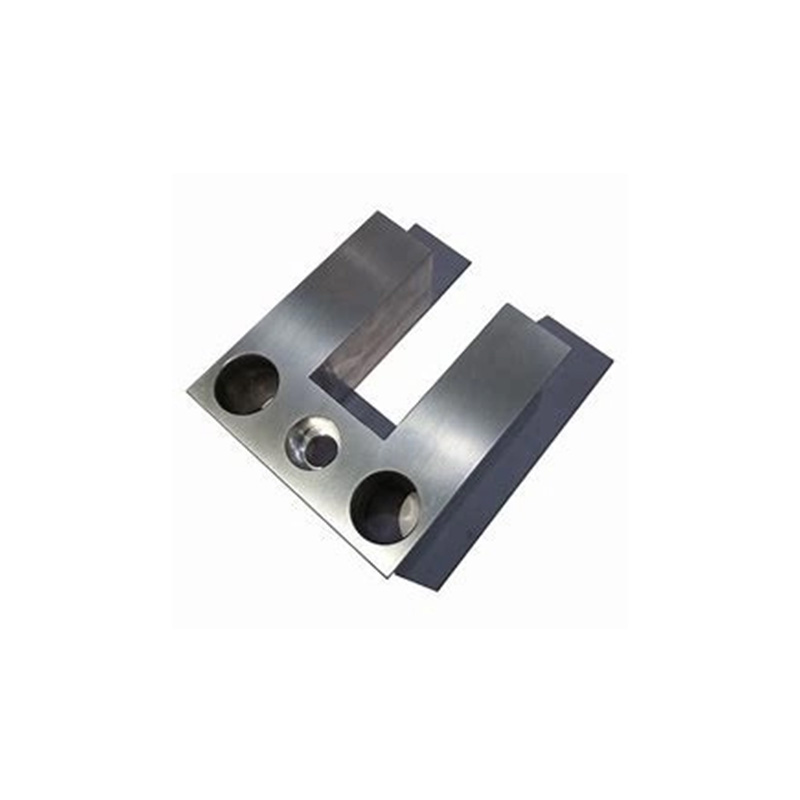text
Why Your Current Water Tank Might Be Failing You
Traditional concrete and plastic tanks often develop cracks, leaks, and bacterial growth within 5-7 years. Concrete tanks are prone to lime leaching and structural damage, while plastic containers risk chemical leaching under sunlight exposure. Hospitals in humid regions report 40% higher algae contamination in non-stainless tanks according to water safety audits. Stainless steel water storage tanks eliminate these issues through non-porous surfaces and corrosion-resistant properties.
7 Game-Changing Benefits of Stainless Steel Tanks
1. Unmatched Water Purity & Safety
Food-grade SUS304/316L stainless steel creates zero contamination risks. The smooth surface prevents algae and bacteria buildup, meeting strict drinking water standards (GB5749). Perfect for schools and hospitals where water safety is critical. Stainless steel water storage tanks outperform plastic tanks by reducing turbidity by 48.5% according to comparative studies.
2. Extreme Durability That Saves Money
These tanks laugh at harsh conditions! Chromium oxide layers resist corrosion from chemicals and weather. Lasting 30+ years (vs concrete’s 10-15 years), they slash long-term costs by 50%. One hotel project we analyzed in 2025 still uses its original stainless tank after 28 years – talk about ROI!
3. Earthquake & Disaster Resistance
Argon-welded joints and trapezoidal pressure panels handle 0.6-1.6MPa pressure. Stainless steel water storage tanks survive seismic events that shatter concrete tanks, thanks to 30% better impact resistance. Critical for high-risk zones!
4. Temperature Control Magic
Integrated 50mm polyurethane foam maintains stable water temps (±2°C for 72 hours). No more frozen pipes or lukewarm showers! A Zhejiang factory saved 20% energy costs after switching to insulated stainless tanks.
5. Smart Monitoring & Control
Modern stainless tanks come with IoT sensors for real-time water quality tracking. Get leak alerts on your phone and automate usage reports. Our team’s 2025 project for a Shanghai school reduced water waste by 15% through smart monitoring.
6. Eco-Friendly Champion
Fully recyclable with near-zero maintenance chemicals! Unlike plastic tanks that degrade into microplastics, stainless solutions support sustainability goals. Lightweight design also cuts transport emissions by 30%.
7. Customizable Superpower
From 1 to 5,000-ton capacities, configure vertical/horizontal/spherical shapes for tight spaces. Customize ports, access points, and mounting systems. Stainless steel water storage tanks adapt where others can’t!
Stainless Steel vs Traditional Tanks: Side-by-Side Comparison
| Feature | Stainless Steel Tank | Concrete/Plastic Tank |
|---|---|---|
| Lifespan | 30+ years | 10-15 years |
| Weight (10m³) | ~360kg :cite[4] | Concrete: ~14,000kg |
| Bacterial Resistance | High (smooth surface) | Low (porous surface) |
| Installation Time | 3-5 days (modular) | 2-3 weeks |
| Maintenance Cost | Very low | High (frequent repairs) |
Step-by-Step: Installing Your Stainless Steel Water Storage Tank
- Site Prep: Level concrete/steel foundation (min. 800mm clearance)
- Modular Assembly: Bolt prefab panels together (no welding needed!)
- Sealing: Apply food-grade silicone to joints
- Component Install: Mount inlets, outlets, overflow pipes, and access hatches
- Testing: 24-hour leak test and water quality check
⚠️ Critical Warning: Avoid These Costly Mistakes
Don’t: Install without chlorine testing – high chloride levels (>200ppm) can corrode even stainless steel! Always verify water chemistry first. Never: Skip internal inspections – schedule annual cleaning even if water looks clear.
Real-World Success Stories
Hospital Upgrade: A Guangzhou medical center replaced leaking concrete tanks with custom 80-ton stainless units. Result? Zero bacterial counts for 3 straight years and eliminated $12K/year maintenance.
Factory Solution: An automotive plant uses specialized stainless tanks for acid storage. The 8mm-thick base and welded seams safely contain corrosive liquids that ate through their old containers.
Pre-Installation Checklist
- ☑️ Verified chloride levels in water source
- ☑️ Obtained custom CAD drawings for space constraints
- ☑️ Confirmed food-grade gasket material (EPDM preferred)
- ☑️ Scheduled professional water test post-installation
- ☑️ Ordered spare access hatch seals for future maintenance
FAQs: Stainless Steel Water Storage Tanks
▶ Can stainless steel tanks handle freezing temperatures?
Absolutely! They withstand -30°C to 100°C ranges. Just add insulation jackets in extreme climates.
▶ How often should I clean my tank?
Annually for drinking water. Use non-abrasive cleaners to preserve the protective oxide layer.
▶ Are stainless tanks earthquake-proof?
Nothing’s 100% “proof”, but their flexible construction survives quakes 5X better than rigid concrete tanks.
Final Thoughts
From hospitals to high-rises, stainless steel water storage tanks deliver unmatched safety and reliability. Ready to upgrade your water system? Explore professional stainless steel water storage tank solutions tailored to your needs. Protect your water – and your peace of mind!







